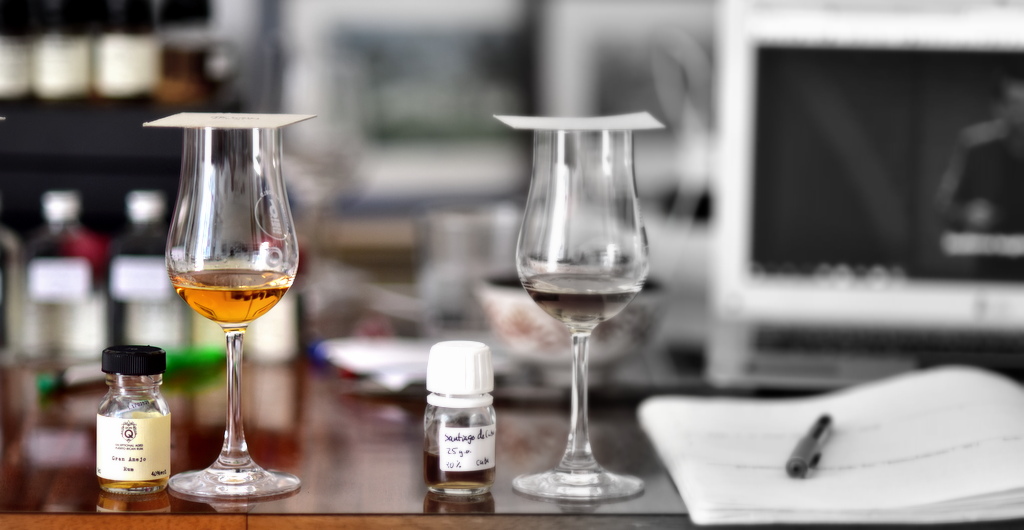What a difference a few percentage points of proof and a second maturation can make. I have gone through a fair few of Don Q’s rums that were all issued at 40%, and commented on the stuff I didn’t like, almost every single time. Well, here is the proof that better is out there, and yes, they can do it if they really want to. Because the Double Cask Cognac edition of the Serralles Collection, is a quiet stunner of a rum.
No need to write more about the Puerto Rican brand of Don Q or Destilería Serrallés — previous reviews have enough already. Still, for those who like their production details, it’s a molasses based rum, the third in their “Double Cask Finish” subseries within the Serrallés Collection. The official blurb on the website says it’s “a blend of [..] selected Puerto Rican rums from single and multiple-column distillations. Aged in American White Oak Barrels for 5-8 years, then rested and finished for an additional two years in the finest French Oak [ex-]Cognac casks. So it’s, by strict definitions, a 7YO rum, and by my own criteria, a double aged rum, not a finished one. What’s different about it is that it’s bottled at 49.6%, and believe me, that makes quite a difference.
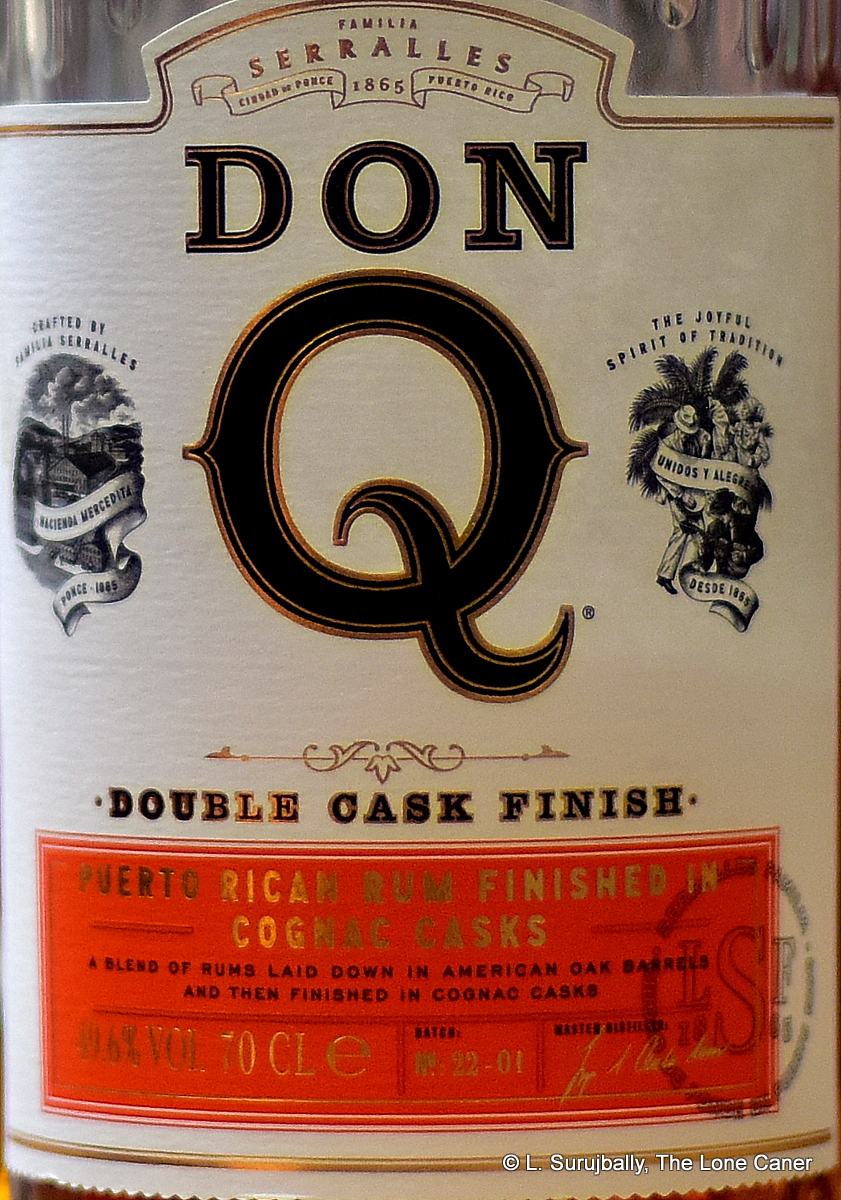 Consider first, the nose: it’s fruitier and rounder than its cousins, with vanilla, smoke, caramel, toffee, blancmange, married to the silkiness of a really creamy ice cream. Also charred wood doused with water (!!), port infused cigarillos, with a depth of scent and aroma that is impressive. A fine ribbon of brine and olives melds well with lemon zest, and there’s a faint note of unripe, sour grapes or cherries in there, with just enough of a sweet scent to overcome any lingering doubts that this is something special.
Consider first, the nose: it’s fruitier and rounder than its cousins, with vanilla, smoke, caramel, toffee, blancmange, married to the silkiness of a really creamy ice cream. Also charred wood doused with water (!!), port infused cigarillos, with a depth of scent and aroma that is impressive. A fine ribbon of brine and olives melds well with lemon zest, and there’s a faint note of unripe, sour grapes or cherries in there, with just enough of a sweet scent to overcome any lingering doubts that this is something special.
There’s real body on the palate too, redolent of ginger snaps, a dry kind of honey, and of course, the hits: salted caramel ice cream, toffee, vanilla, nougat, almonds, crushed walnuts and a nice touch of bitter chocolate. Behind all that is the brininess, kept way back, and balanced off with slightly more acidic notes of unripe fruits, green grapes, apples, and orange peel. If I had to say there was a weak point, it’s the finish, but even that is just less with respect to the quality of what came before, not in and of itself – judged against other rums it’s just fine, a nice blend of sweet and musky and salt and sour. No complaints here, at least not from me.
Coming at the end of a long tasting session with the brand rep Duncan Hayter and his daughter at the German rum fest some time ago, it was a welcome step up, believe me, as the standard strength rums of the company, while not necessarily bad, were beginning to fill me with some impatience. The cognac cask edition restored my faith.
All of the issues I had with the Zinfandel are addressed and the rum exhibits the same level of quality, just boosted and given some teeth. Previously I hinted that maybe more jaded connoisseurs who cut their teeth on stuff north of 60% would never find common ground, but I contend that they might consider giving this Puerto Rican rum a serious look.And it’s not to say that the weaker versions are bad – they’re not, and in fact carry the standard nobly for their company. It’s just that this one is quite simply better. And I’m glad I had the opportunity to try it.
(#1128)(86/100) ⭐⭐⭐⭐
- Video recap link
- As with tghe Zinfandel edition, the website and the label are at odds. The website says a blend of 5-8 year old rums finished for an extra two years. But the label says it’s aged in ex-bourbon barrels from October 2009 to July 2012; blended in April 2019 and left to marry, before being laid in French oak (ex-cognac) casks until bottling in June 2022. The gaps between 2012 and 2019 are where the confusion lies, and for simplicity’s sake, I’ll stick with the website for now and call it an 8YO rum. But I wish they’d make it clearer.
- So why don’t we see more of rums like these from this casa? The difference between this and those of softer strength editions (which is almost all of them) is enough that even the mass market should, in theory, pick up on it and put their coin where the quality lies. Well, maybe. Price still rules, and the rum retails for around £67 in the UK and between €50 and €60 depending on where you look in Europe. So since others of nearly equal worth are selling for less, perhaps that’s it.
- My compliments and thanks to @viktortheslickster5824 on youtube, whose question about Don Q rums prompted me to do this small series.
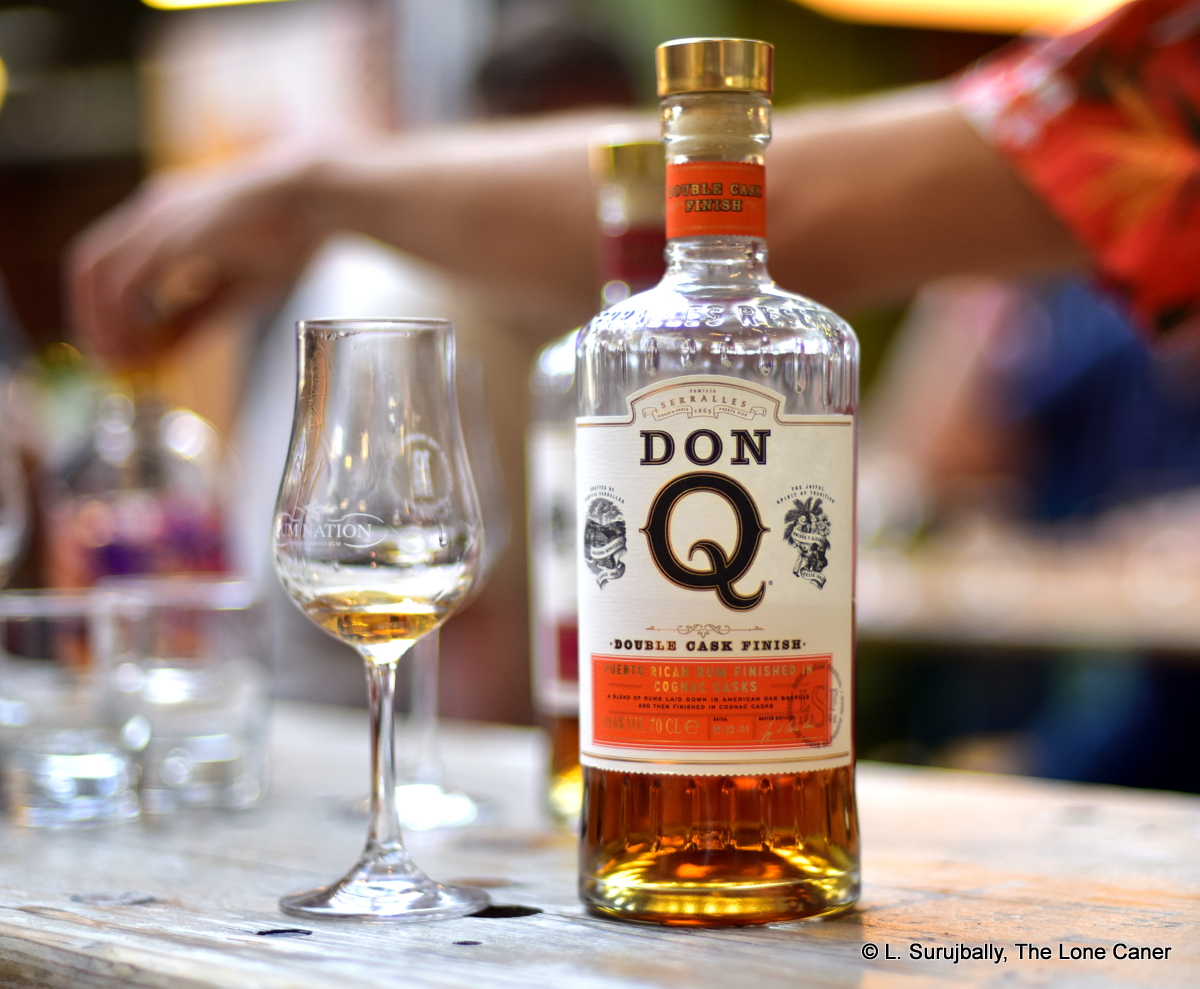
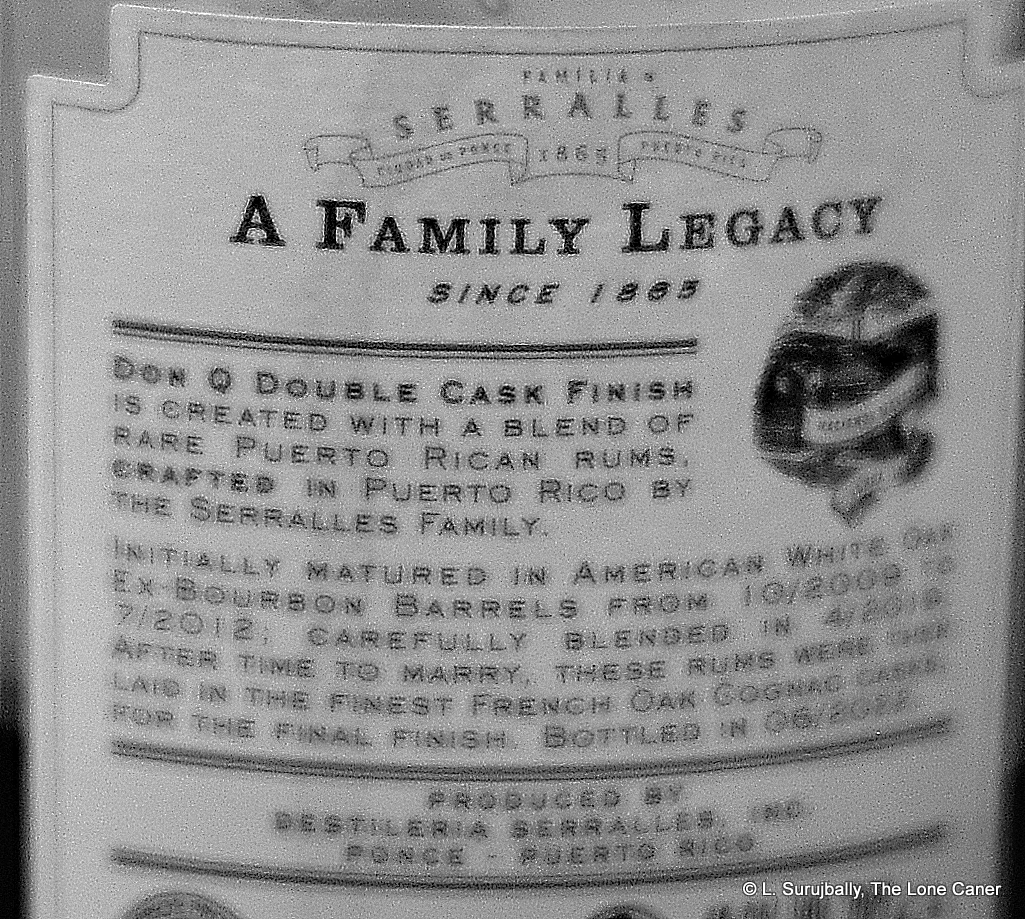

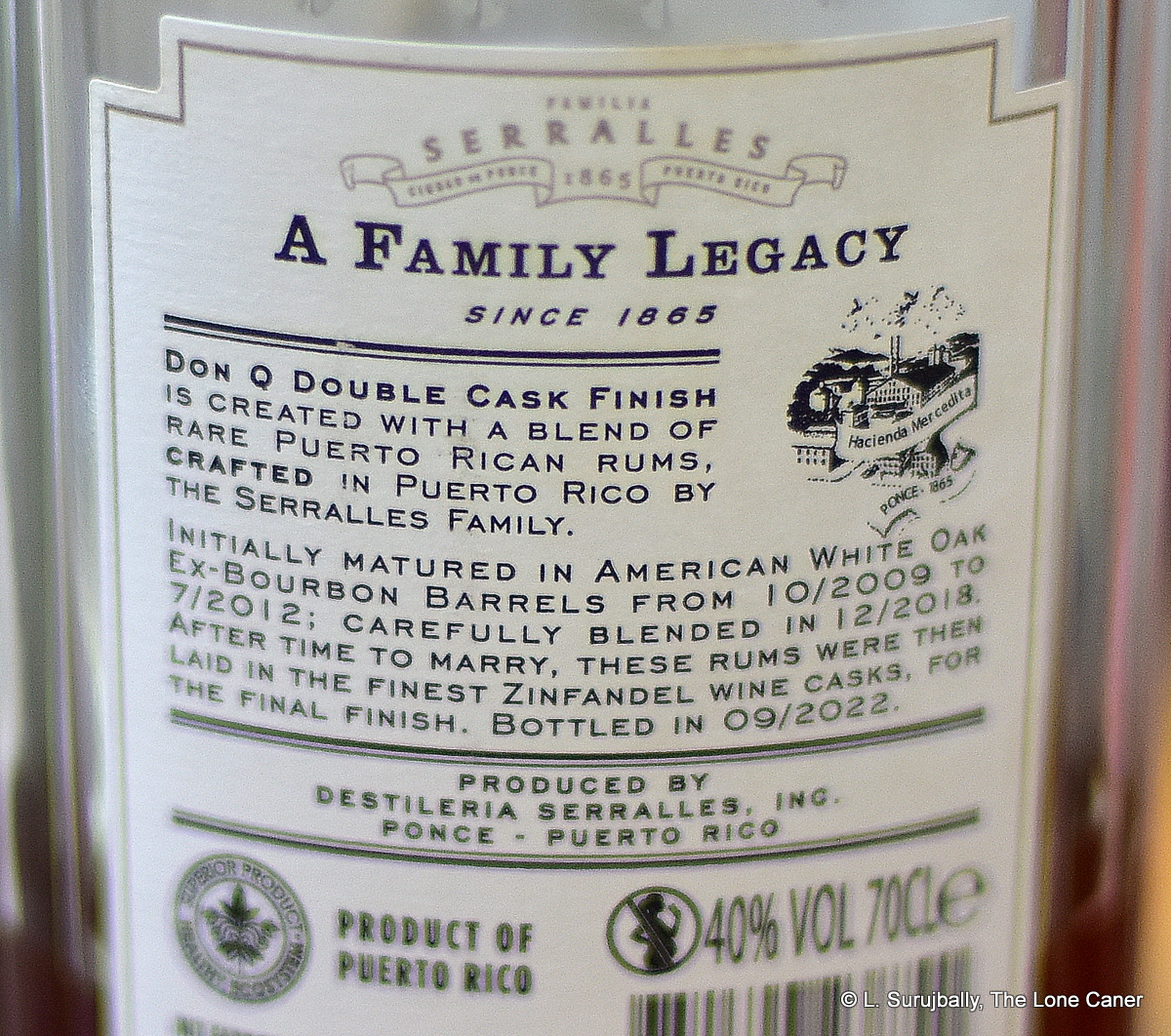
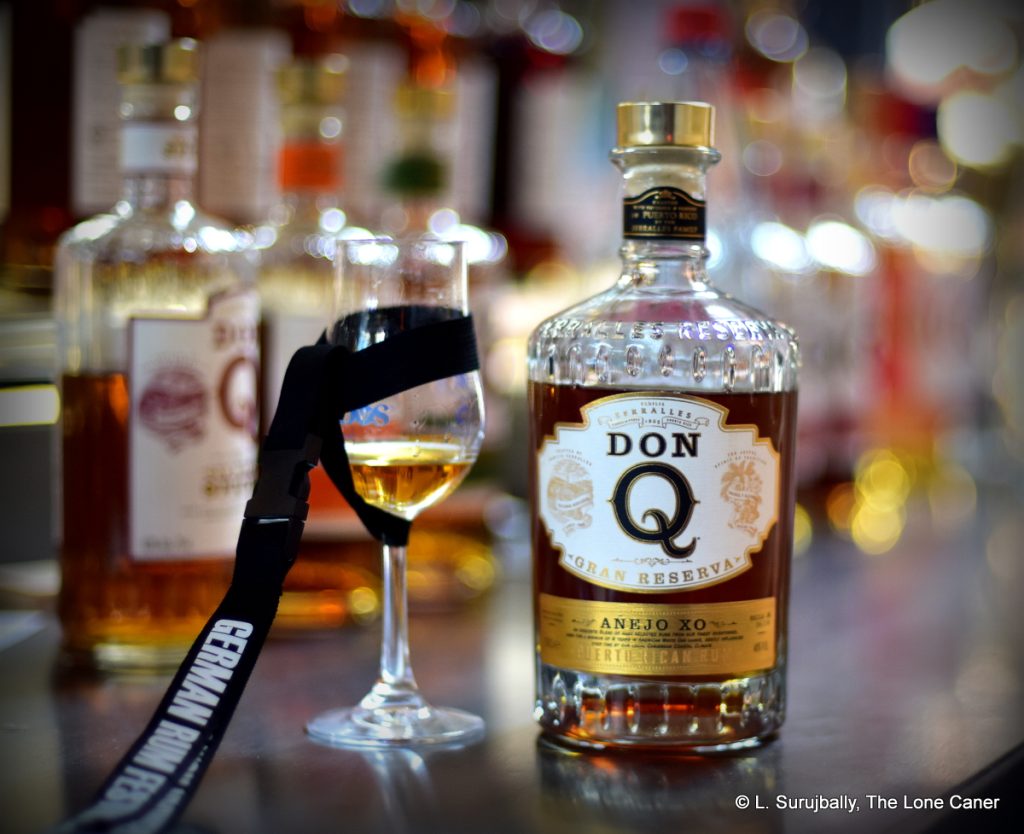
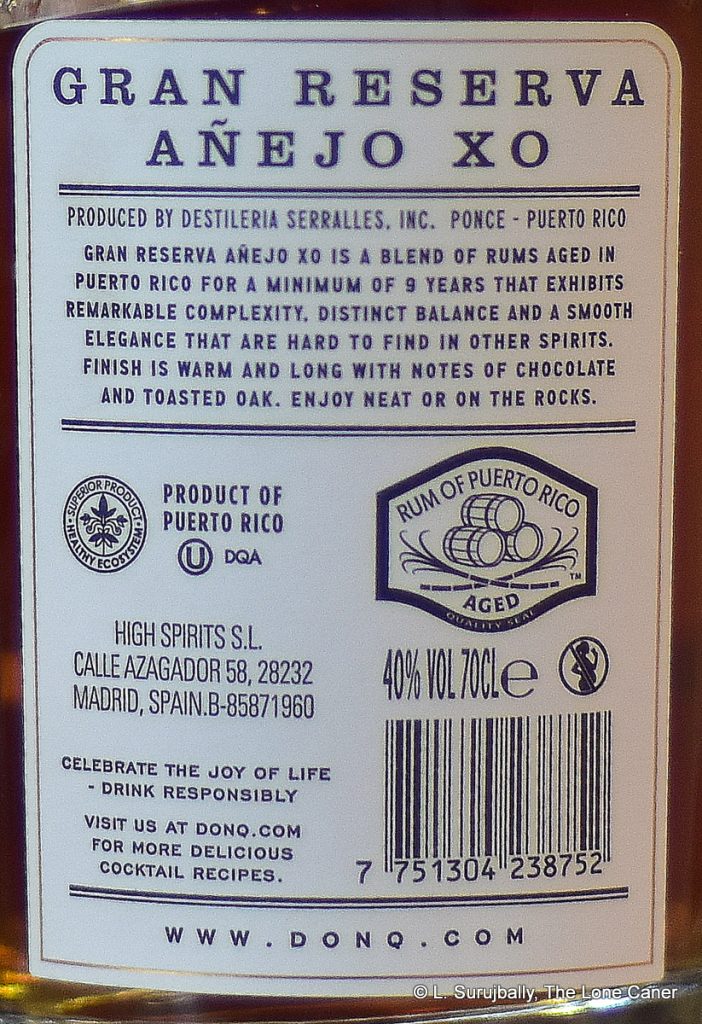
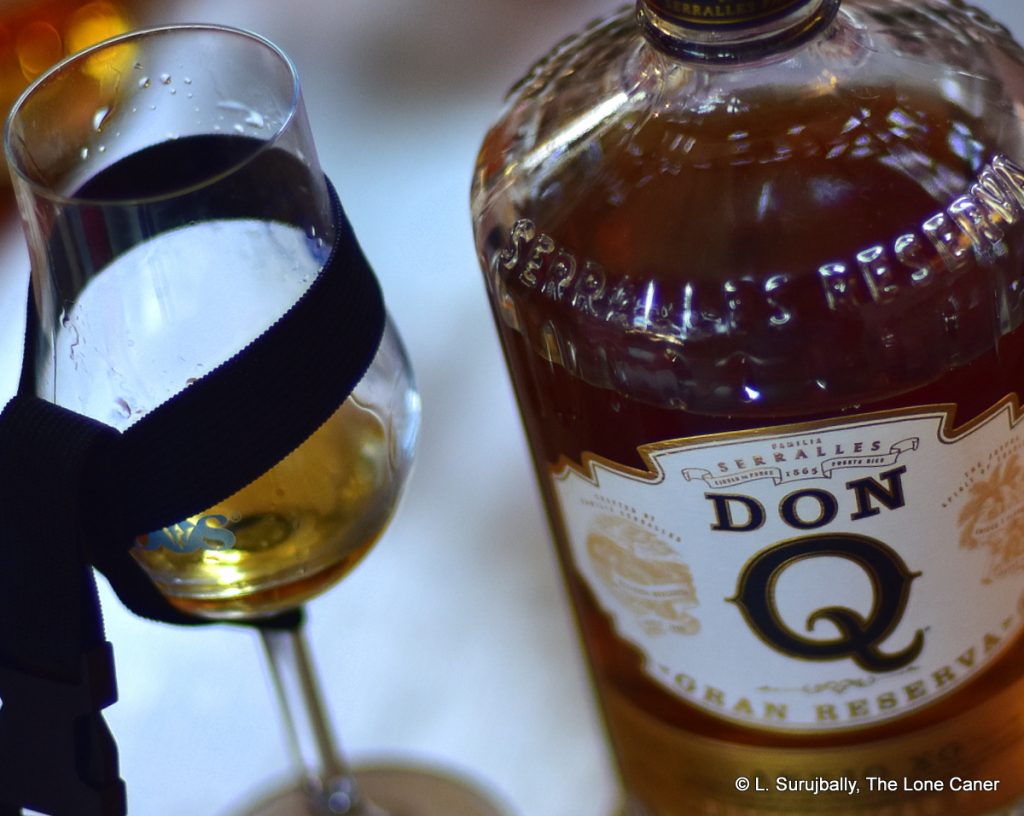
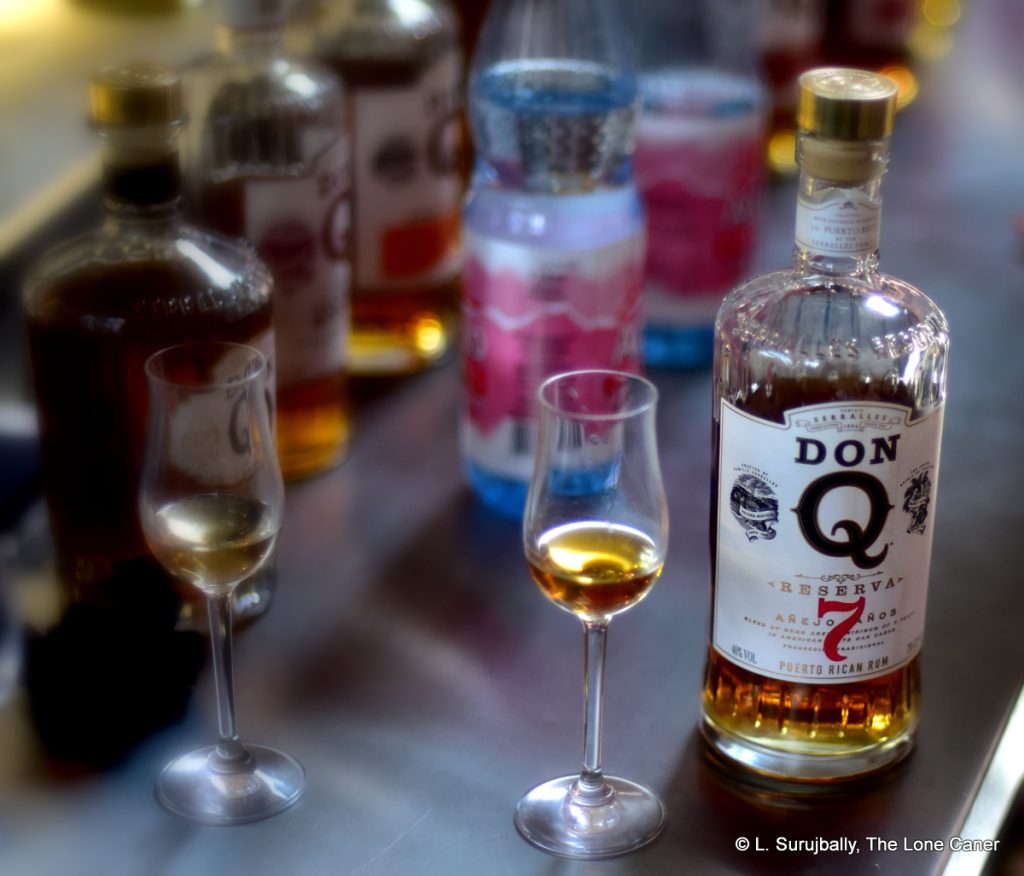
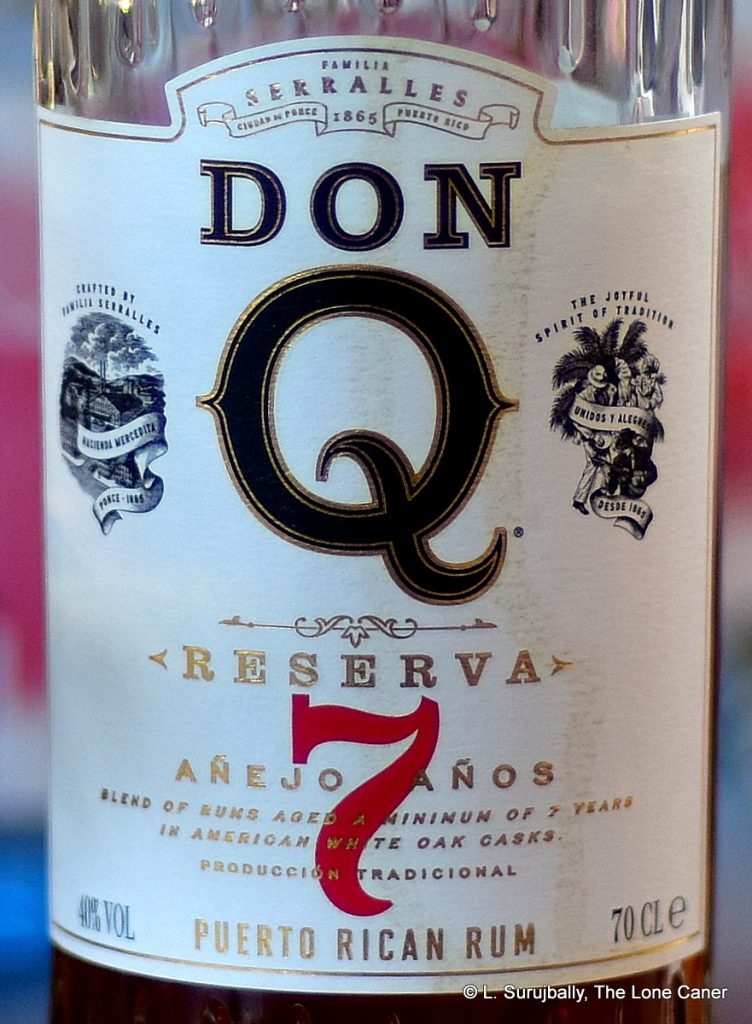
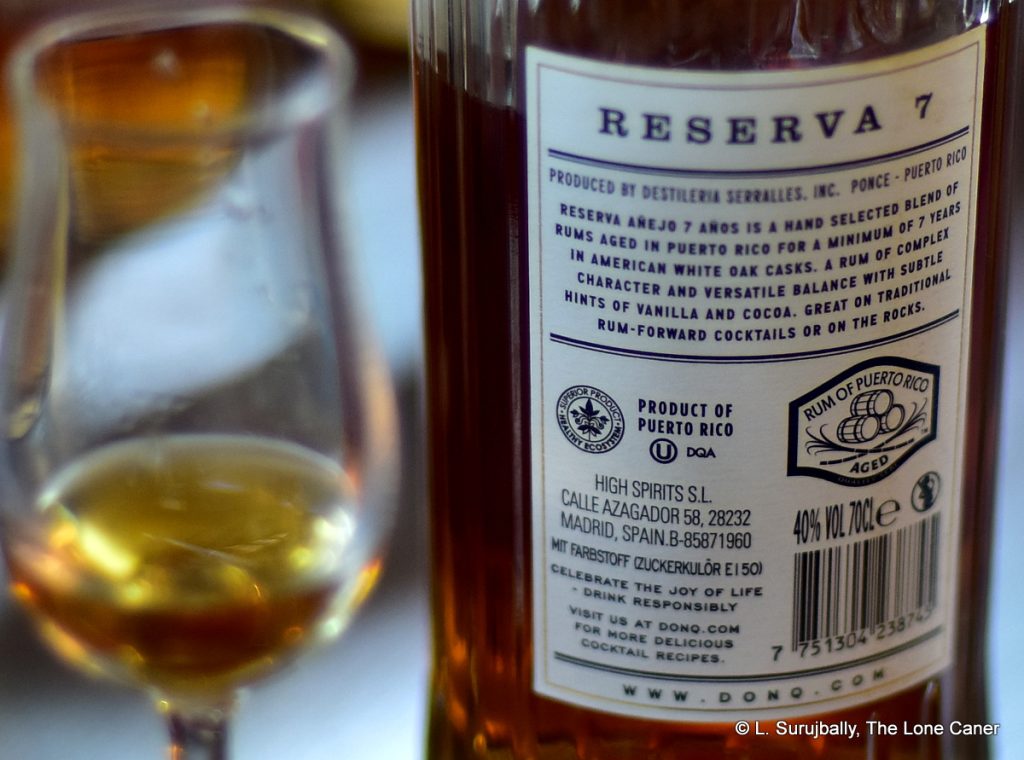

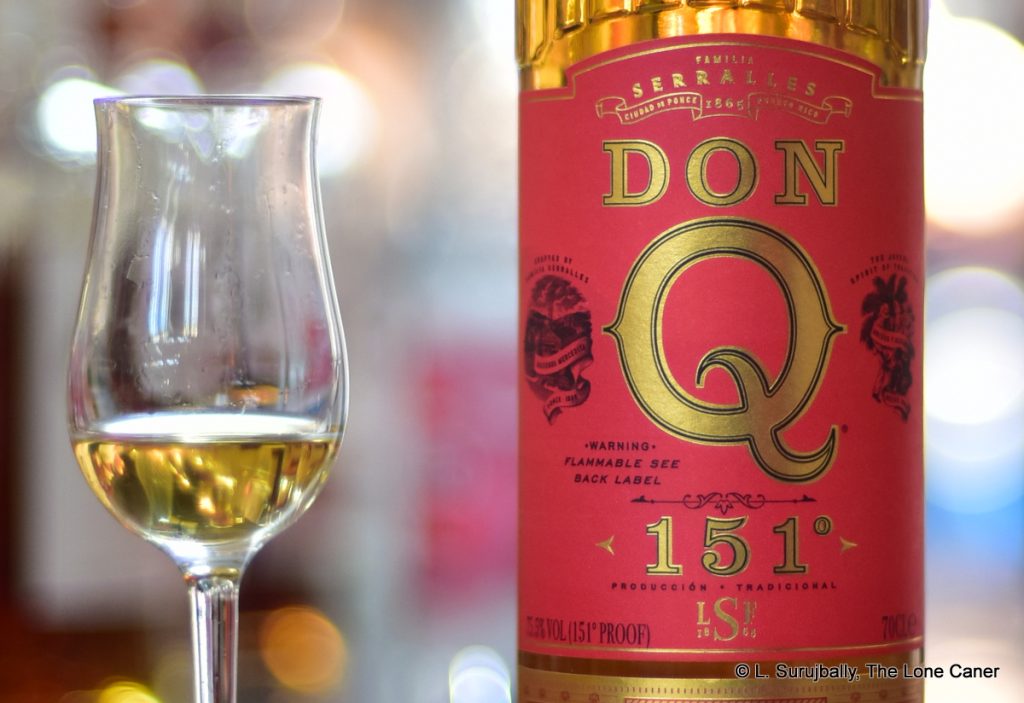
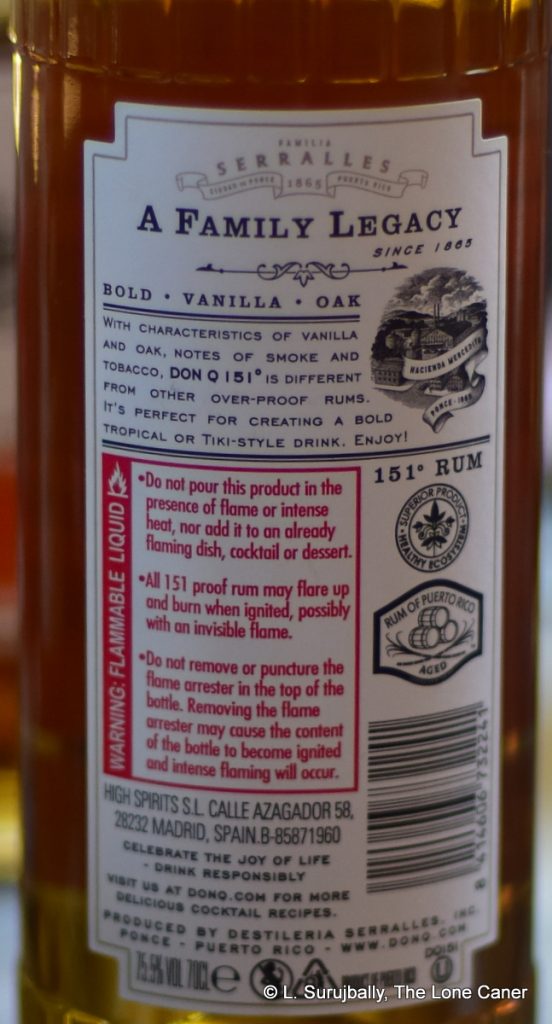
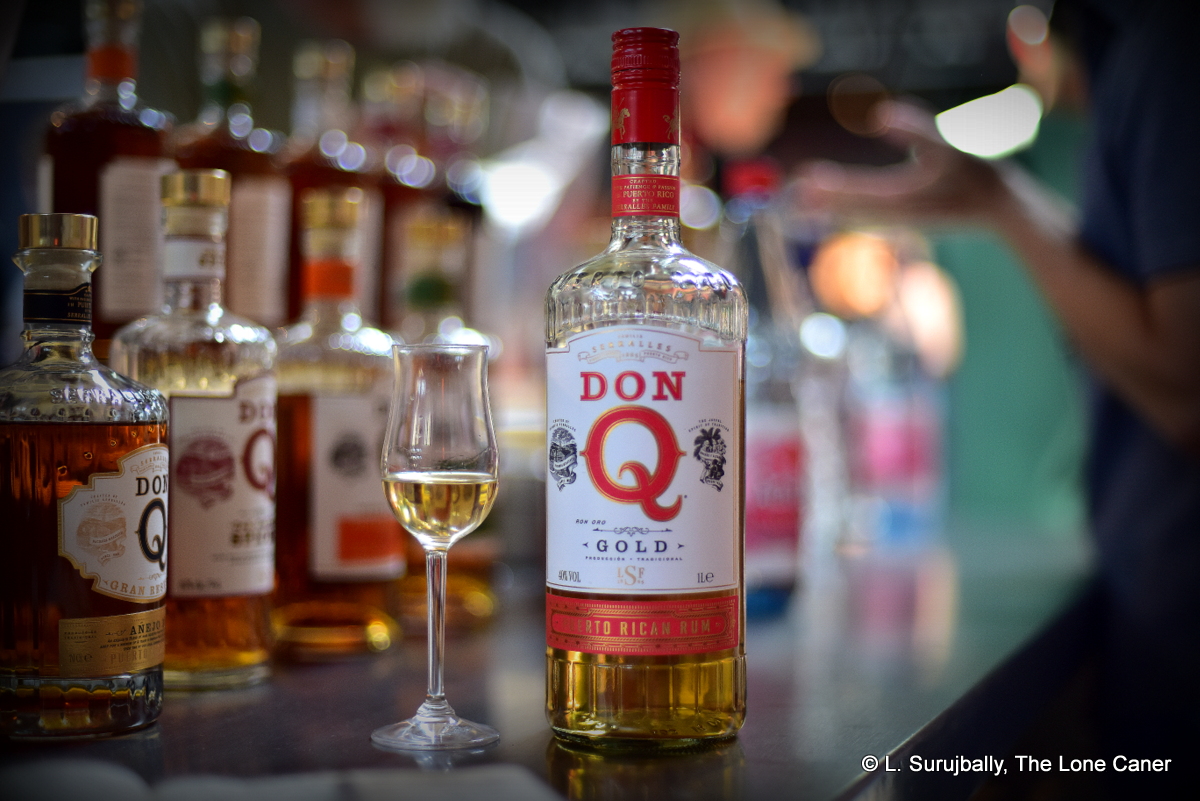
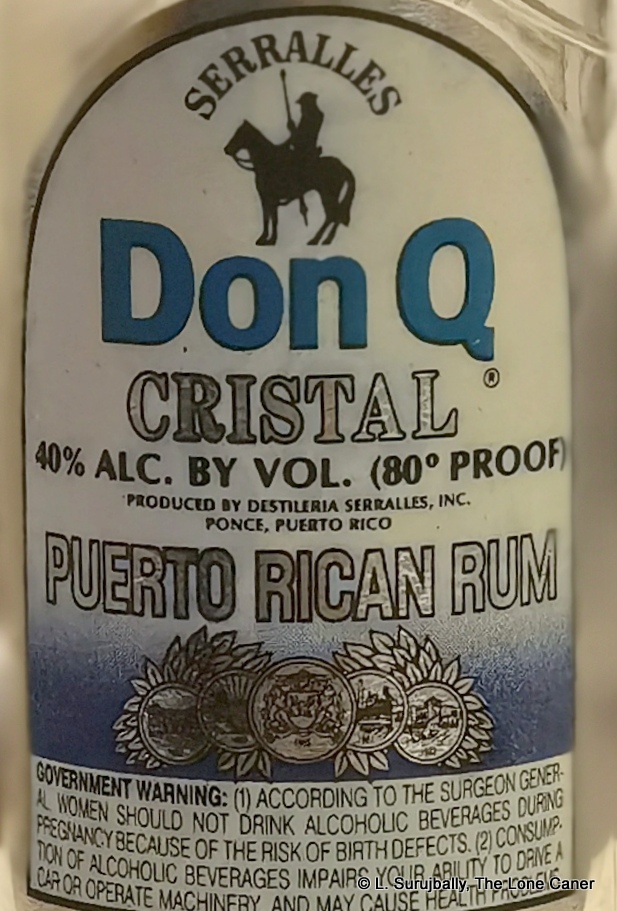
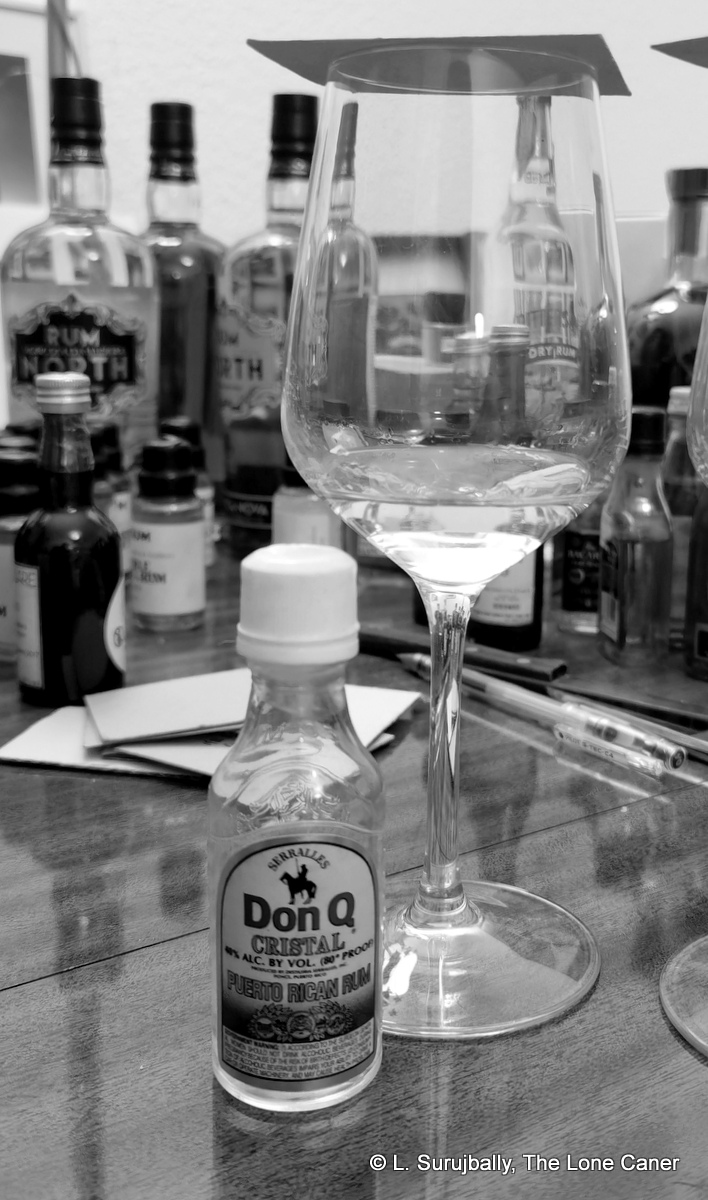
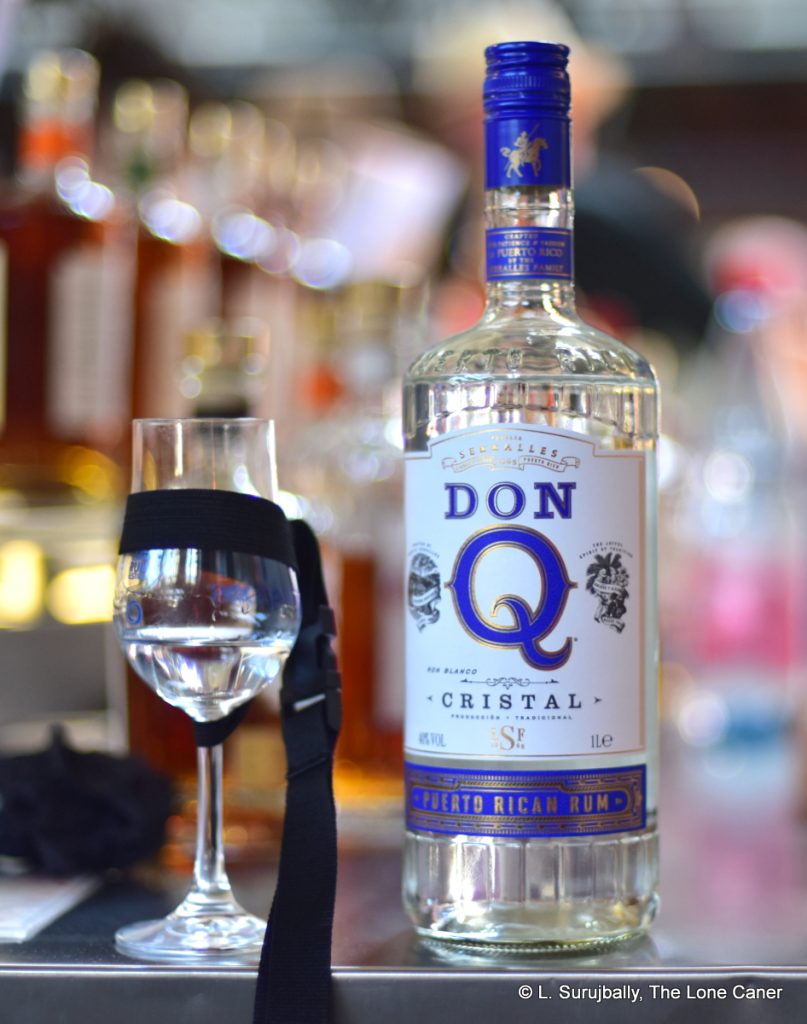
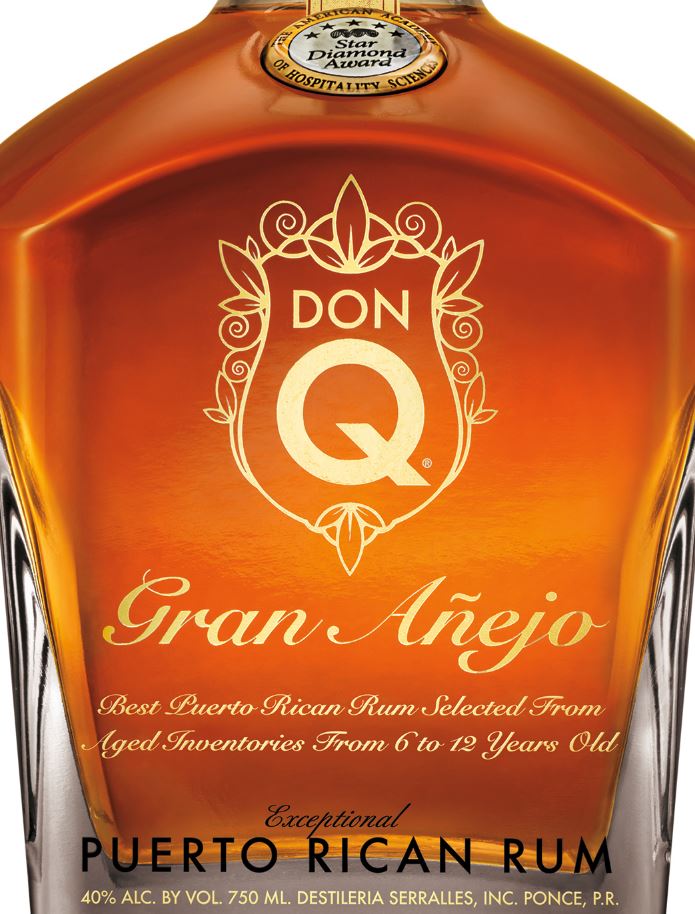 It’s a peculiarity of the sheer volume of rums that cross my desk, my glass and my glottis, that I get to taste rums some people would give their left butt cheek for, while at the same time juice that is enormously well known, talked about, popular and been tried by many….gets missed.
It’s a peculiarity of the sheer volume of rums that cross my desk, my glass and my glottis, that I get to taste rums some people would give their left butt cheek for, while at the same time juice that is enormously well known, talked about, popular and been tried by many….gets missed.